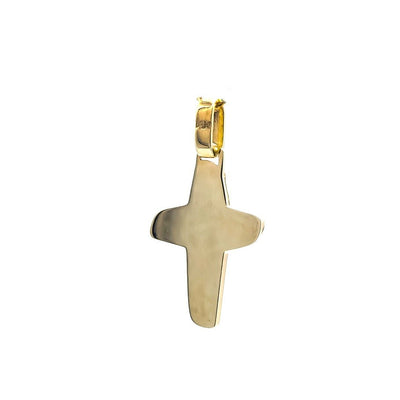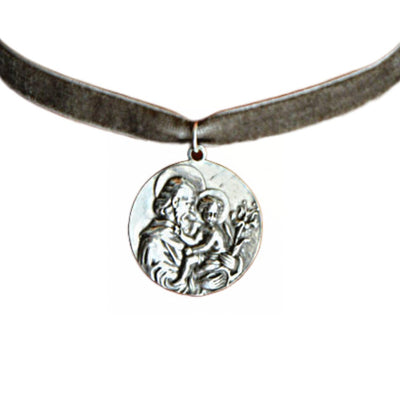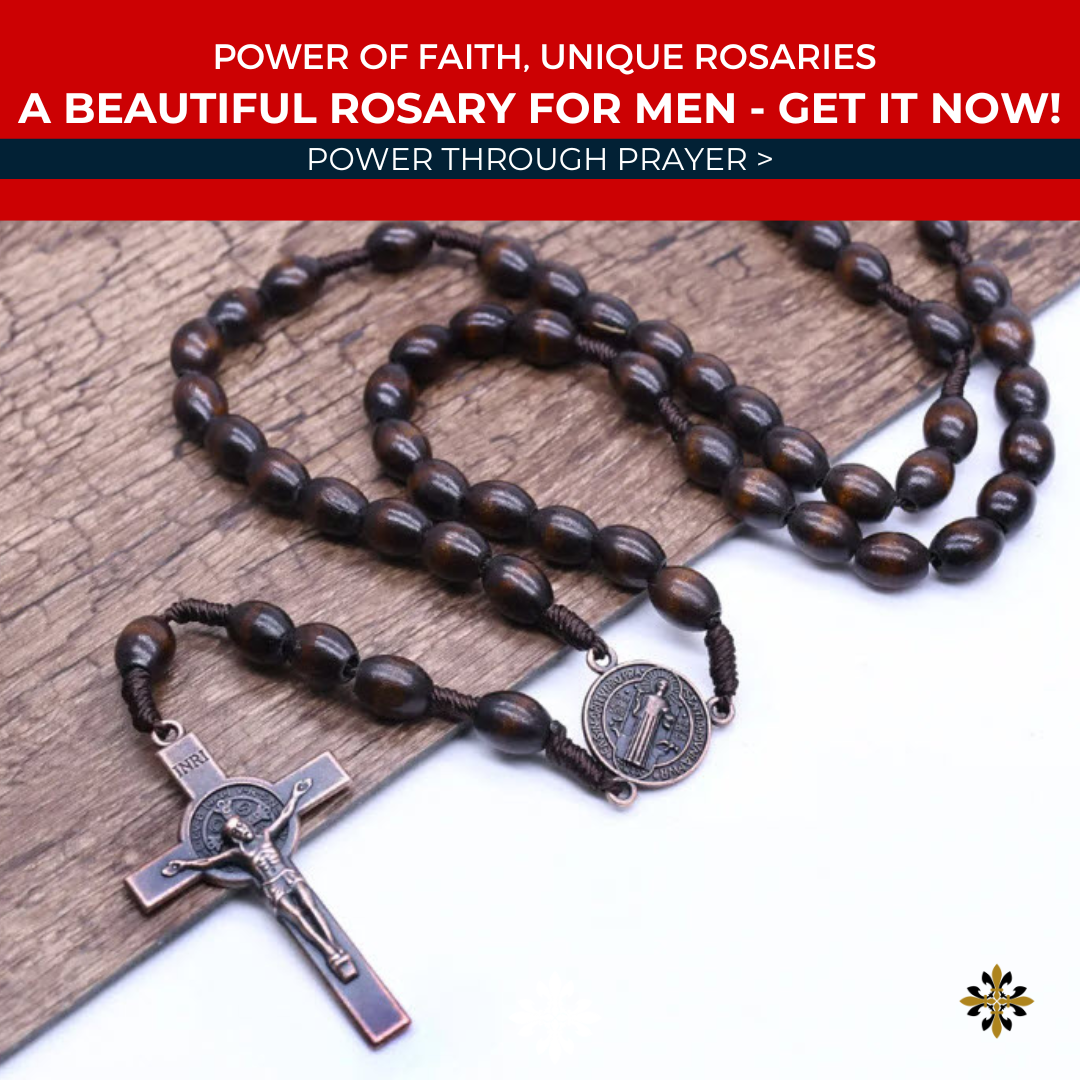How to Pray the Rosary
Introduction
Praying the rosary is a significant spiritual practice for Catholics worldwide. It is a form of devotion that involves reciting prayers and meditating on the life of Jesus Christ and the Blessed Virgin Mary. This article will explore the history, meaning, and step-by-step process of praying the rosary and its benefits. Additionally, we will examine similar meditation tools used in other religions.
What is the Rosary?
History
The rosary has its roots in early Christian traditions, but its current form emerged in the 13th century. Saint Dominic is often credited with popularizing the rosary as a powerful spiritual tool. Over the centuries, the rosary has become a cherished prayer practice within the Catholic Church.
Meaning
The word "rosary" originates from the Latin word "rosarium," which means "rose garden." It symbolizes offering a spiritual bouquet of roses to the Virgin Mary, the Queen of Heaven. The rosary is a way to honor Mary and seek her intercession for various intentions.
Why Pray the Rosary?
Praying the rosary holds numerous spiritual benefits. It allows individuals to deepen their relationship with God and Mary, find inner peace, seek guidance, and experience spiritual healing. The rosary also fosters community as Catholics worldwide unite in prayer.
How to Pray the Rosary
Rosary Beads
The rosary consists of a string of beads and a crucifix. It typically has 59 beads, including five sets of 10 tiny beads (decades) separated by larger beads. Each decade represents a specific mystery, a significant event in the lives of Jesus and Mary.
Steps to Pray the Rosary
- Make the Sign of the Cross.
- Holding the Crucifix, say the Apostles' Creed.
- On the first bead, say an Our Father.
- Say one Hail Mary on each of the following three beads.
- Say the Glory Be
- For each of the five decades, announce the Mystery (perhaps followed by a brief reading from Scripture), then say the Our Father.
- While fingering each of the ten beads of the decade, next say ten Hail Marys while meditating on the Mystery. Then say a Glory Be.
- (After finishing each decade, some say the following prayer requested by the Blessed Virgin Mary at Fatima: O my Jesus, forgive us our sins, save us from the fires of hell; lead all souls to Heaven, especially those who have most need of your mercy.)
- After saying the five decades, say the Hail, Holy Queen, followed by this dialogue and prayer:
V. Pray for us, O holy Mother of God.
R. That we may be made worthy of the promises of Christ.
Let us pray: O God, whose Only Begotten Son, by his life, Death, and Resurrection, has purchased for us the rewards of eternal life, grant, we beseech thee, that while meditating on these mysteries of the most holy Rosary of the Blessed Virgin Mary, we may imitate what they contain and obtain what they promise, through the same Christ our Lord. Amen.
(A prayer to St. Joseph may also follow.) Conclude the Rosary with the Sign of the Cross.
Mysteries of the Rosary
The rosary is divided into four sets of mysteries: the Joyful Mysteries, the Sorrowful Mysteries, the Glorious Mysteries, and the Luminous Mysteries. Each set reflects on specific events in the lives of Jesus and Mary. Depending on the day of the week, different mysteries are prayed:
- Joyful Mysteries (Mondays and Saturdays): Annunciation, Visitation, Nativity, Presentation, Finding Jesus in the Temple.
- Sorrowful Mysteries (Tuesdays and Fridays): Agony in the Garden, Scourging at the Pillar, Crowning with Thorns, Carrying the Cross, Crucifixion.
- Glorious Mysteries (Wednesdays and Sundays): Resurrection, Ascension, Descent of the Holy Spirit, Assumption of Mary, Coronation of Mary.
- Luminous Mysteries (Thursdays): Baptism of Jesus, Wedding at Cana, Proclamation of the Kingdom, Transfiguration, Institution of the Eucharist.
Similar Meditation Tools in Other Religions
Meditation and prayer beads or similar tools for devotion are not exclusive to the Catholic tradition. Various religions incorporate similar practices to facilitate meditation and spiritual connection.
Buddhism
In Buddhism, prayer beads called "malas" are used for counting mantras or prayers during meditation. Malas typically have 108 beads, representing different aspects of existence and the paths to enlightenment. Buddhists hold the beads and recite their chosen mantra or prayer with each bead, similar to the rhythm of praying the rosary.
Hinduism
Hinduism also employs prayer beads known as "japa malas" for counting repetitions of sacred mantras or names of deities during meditation. Japa malas often consist of 108 beads, symbolizing spiritual completion. The practice involves gently moving the beads through the fingers while reciting prayers or mantras.
Islam
In Islam, a similar form of devotion involves using "tasbih" or prayer beads to recite the 99 names of Allah or other prayers. The tasbih usually consists of 33 beads, and Muslims move their fingers along the beads as they recite the prayers. This practice helps focus the mind and deepen the connection with the divine.
Source: "The Rosary: A Path into Prayer" by Liz Kelly (ISBN: 978-1594718652)
Conclusion
Praying the rosary is a beautiful and meaningful practice that can bring spiritual nourishment and growth. Through prayers and meditations, individuals can deepen their relationship with God and Mary, find solace in difficult times, and experience the transformative power of prayer. It is essential to recognize that similar meditation and prayer beads are used in other religious traditions, emphasizing the universal human desire for spiritual connection and contemplation.
FAQs
1. How often should I pray the rosary?
The frequency of praying the rosary is a personal choice. Some individuals pray daily, while others do so weekly or on special occasions. Praying the rosary regularly can deepen your spirituality and foster a closer connection with God and Mary.
2. Can I pray the rosary in a different language?
Absolutely! The rosary can be prayed in any language that is meaningful to you. What matters is the devotion and intention behind the prayers rather than the specific language used.
3. Can children pray the rosary?
Yes, children can certainly pray the rosary. It is a beautiful way to introduce them to prayer and teach them about the life of Jesus and Mary. Simplified versions of the rosary are available for children, making it more accessible and engaging.
4. Can I pray the rosary alone?
Yes, you can pray the rosary alone. While it is often prayed in the community.
For more information about how to pray the Catholic rosary, please review the United States Conference of Catholic Bishops






















Leave a comment